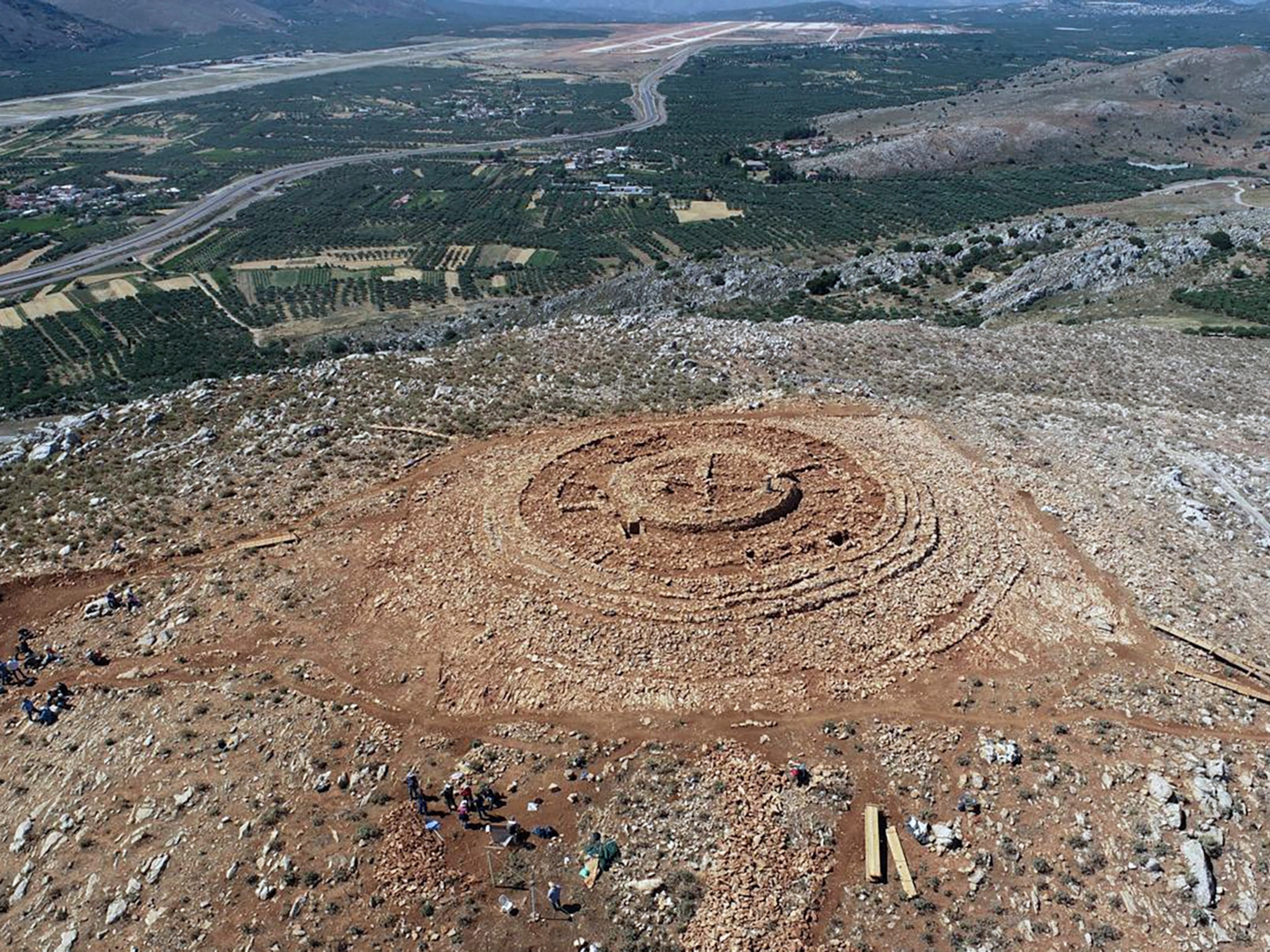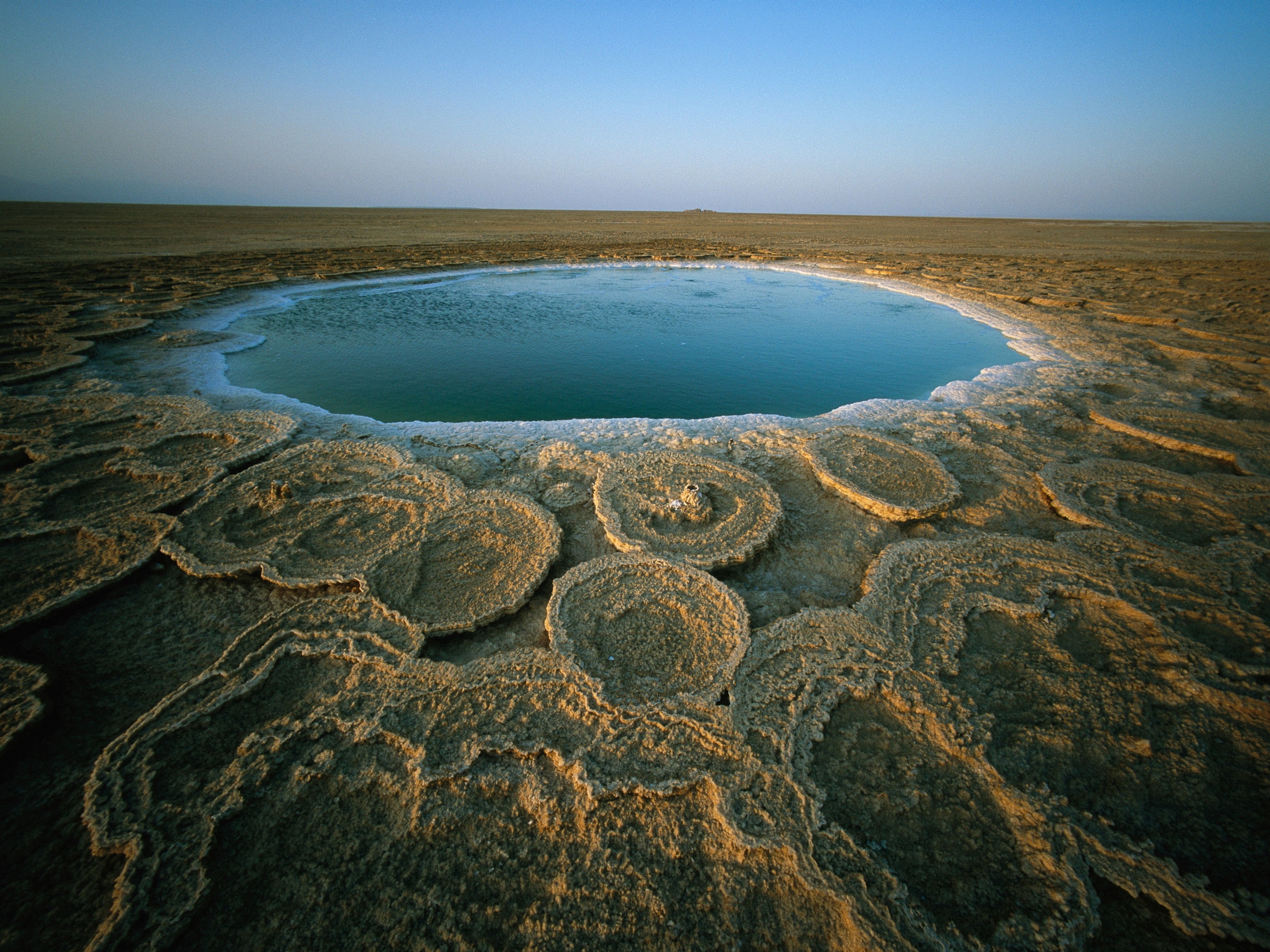
Fascination With Chernobyl Inspires Surreptitious Visits
Nuclear meltdown leaves a vast, empty land overtaken by vegetation.
"What was it? A meteorite that fell to Earth? Or a visitation from outer space? Whatever it was, there appeared in our small land a miracle of miracles: the ZONE."
-- From the epigraph of Stalker, a 1979 film by the Russian director Andrei Tarkovsky that has eerie parallels with the nuclear meltdown in Chernobyl seven years later
KIEV, Ukraine—Dmitry was a child when he first heard stories of a mysterious place called Chernobyl, not far from his home in Chernihiv. Something strange and dreadful had happened there: an explosion, an evacuation, poisoned water, poisoned air.
He didn't understand that the catastrophe was caused by a nuclear reactor. "I thought something like that might happen in my own city, and we would have to move."
One day his mother returned from work and found that he had shut all the windows in their apartment and taped over the cracks. He was six or seven years old.
"I was so afraid," he says.
As he grew older, his fear gave way to fascination. By the time Dmitry was a teenager, he knew he wanted to explore the exclusion zone, the cordoned-off area of about a thousand square miles that surrounds the epicenter of the meltdown. "I had this sick interest," he says.
I met Dmitry in Kiev after my own, much tamer visit to the zone, which was opened to guided tours in 2011. Just two days in that beautiful, ruined world were enough for me to feel the allure. But the real devotees are the "stalkers"—people like Dmitry who through stealth and cunning find their way into a forbidden land. (Read more in National Geographic magazine: "The Nuclear Tourist: An unforeseen legacy of the Chernobyl meltdown.")

Long before his first adventure there, he began scavenging for information on the Internet: maps, history, descriptions of buildings. In 2009, when he was 23, he and some friends started an Internet forum, which soon attracted about 20 members from Ukraine, Belarus, and Russia.
One of them, Igor, had already sneaked into the zone two times. "He seemed like a god to me," Dmitry said. (Their surnames have been omitted, since their explorations of the zone are illegal.) Igor agreed that on a future trip Dmitry and another friend could come along.

Ghost City
Though the area is surrounded by a fence at the 30-kilometer boundary, it can be breached by those bent on getting in. After swimming across a river, they began the long trek to Pripyat, a ghost city that stands less than two miles from the ruined reactor.
What Dmitry had expected to be a wasteland had become, in the years since the accident, a verdant forest. That first night, his feet blistered and bleeding from the stiff, new boots he had worn for the adventure, he lay awake in their makeshift camp listening to wild boars and wolves, clutching a knife in his hand.
"In the morning I told my friends I'd had the first sleepless night of my life. They looked at me in surprise and said, 'We didn't hear a thing.' "
By the time they emerged four days later, they had walked about 60 miles (90 kilometers), avoiding capture by the police. Soon Dmitry was leading his own secret expeditions. He estimates that he has been to the zone at least a hundred times.
"I know Pripyat better than my own city," he says.
The name "stalker" comes from a Russian movie by that name, directed by Andrei Tarkovsky (probably better known for his film Solaris). He in turn was inspired by a science fiction novel called Roadside Picnic by Arkady and Boris Strugatsky. Released in 1979, the film tells of a bleak, magical place called the Zone, abandoned after a meteor strike or an alien invasion—no one knows why. Despite or because of the danger, a few brave people are drawn by its power. A solemn but childlike man called Stalker acts as their guide.
"It's the quietest place in the world," one of the visitors (called simply Writer) says in the movie, as he beholds the decaying industrial landscape overgrown with vegetation. "It's so beautiful. No one else is here."
After the Chernobyl explosion in 1986, Tarkovsky's film became, in retrospect, an allegory about the real-life zone, and some of his themes were transmogrified into a series of video games, beginning with "S.T.A.L.K.E.R.: Shadow of Chernobyl."
Dmitry found his own magic on that first trip with Igor, as they came upon Pripyat, once a city of almost 50,000. They were not using flashlights, for fear of being spotted by the police. "It was a full moon, and when your eyes get used to this kind of light, you can see everything," he remembers. "It seems like your vision sharpens. You can see even the smallest details.

"We were trying to step very quietly—not to make noise, not to be spotted—but every step seemed so loud in the quietness of the night and this moon."
Suddenly they emerged from the bushes onto a street lined with buildings. An open window was swinging in the breeze, and Dmitry remembers the moon reflecting on the glass and giving the illusion—just for a hair-raising moment—that someone was inside.
Stalker to Stalker
On an earlier trip Igor had staked out a hiding place in an apartment in one of Pripyat's high-rises. There were couches, chairs, and other furnishings. Sitting on the balcony and sipping from a bottle of cognac, Dmitry and his friends looked out at the moon-bleached ruins. The next day they were surprised to encounter another group of stalkers. "We never thought this was possible," Dmitry says.
Over the years, with the help of a Geiger counter, he and his friends have learned not to linger in the most radioactive places. But the contamination is impossible to avoid.
"I have breathed in a lot of radiation and have drunk a lot of irradiated water. You get into situations where you don't have fresh water but are very thirsty." The highest radiation level he has experienced is at least 0.01 sievert—the maximum amount his meter could measure and about what a person receives from a full-body CT scan. That hot spot was in the hospital where the firemen who had responded to the explosion were treated for radiation sickness. Their contaminated uniforms were still piled in the basement.

Dmitry says he isn't worried: "I look at all the people who went through those horrible times and still are alive and have a good life. I am not a radiophobic person."
A few blocks from where we met, Khreshchatyk Street, Kiev's grand boulevard, was still jammed with barricades of tires and junk thrown together by protesters who earlier had ousted the country's president. The khaki tents of their paramilitary bivouac filled the boulevard and Independence Square. But all was calm for now. Along the sidewalks fashionably dressed young Ukrainians shopped for designer clothes or sat in outdoor cafés drinking wine and espressos. Some were snapping pictures of the aftermath with their iPhones. Another disaster site was becoming a tourist attraction.
Follow George Johnson on Twitter and the Web.







